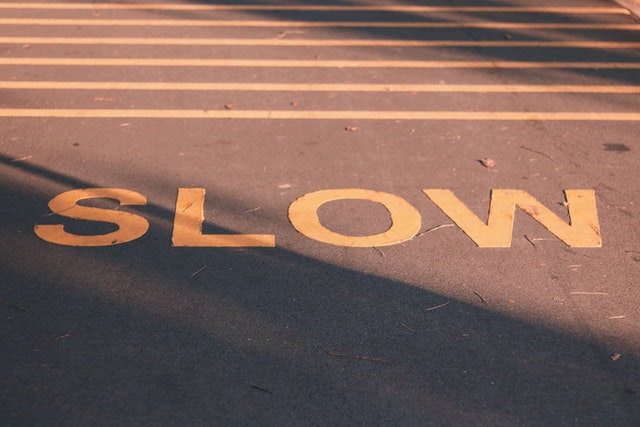
Home sales and property listings took a dive over the past month, a further indication of the deceleration in the housing market.
Figures from Housing Industry Association (HIA)’s latest report showed a 5.5% decline in new home sales.
Only Queensland and South Australia reported gains in new home sales over the month while Victoria and New South Wales led the declines.
HIA Economist Tom Devitt said this is not surprising given the two major events that had an impact on activity: federal election and the first hike by the Reserve Bank of Australia since 2010.
“Ongoing increases in interest rates are expected to bring this boom cycle to an end — households’ capacity to borrow will begin to constrain as rates rise further,” he said.
“The impact of rising rates will be compounded by the ongoing increases in the cost of construction and land, forcing up the cost of a new house and land package.”
Mr Devitt said Australia might see consumer confidence continue to erode, like in other countries where central banks have tightened lending.
On the construction side, however, Mr Devitt said there could be a significant lag before the rise in the cash rate adversely impacts on the number of new homes commencing construction.
“The lag from when a rate rise results in a decline in starts can be as short as six months, but in this cycle, it could be more than 12 months before the volume of starts fall due to the rise in rates,” concluded Mr Devitt.
Sellers waiting on the sidelines
Property listings data from SQM Research showed declines of 2.2% monthly and 9.0% annually in May.
Adelaide and Canberra reported the biggest drops in total listings on a monthly basis. Interestingly, listings in Sydney, Darwin, and Hobart were higher than a year ago.
Meanwhile, new listings decline in most states, with the national figure declining by 5.9% in May. Only Perth and Adelaide reported gains in new listings over the month.
Older listings, on the other hand, rose across all states except Brisbane. These listings are properties listed for more than 180 days in the market.
Overall, older listings increased by 0.9% in May but declined by 36.3% from last year.
SQM Research managing director Louis Christopher said many sellers and even buyers waited on the market sidelines as they await the results of the recent federal elections.
“A number of properties which were already listed struggled to sell over the month and that pushed up the counts of old listings – a phenomenon that happens during market slowdowns,” he said.
Mr Christopher said there could be a surge in new listings this month even with the onset of the quieter winter months.
“Our overall outlook for the market remains unchanged in that we expect price falls of up to 8% this year for Melbourne and Sydney and low net single digit growth for the other cities,” he said.
Land supply to constrain building activity
HIA and CoreLogic’s latest residential land report showed that the volume of land sales declined over the last two quarters of 2021.
This is despite the strong demand for land and housing, which pushed the median price of land by 13.4% in 2021 — this is the strongest annual growth since 2004.
HIA economist Angela Lillicrap said decline in the volume of sales while the price continues to increase rapidly, is a clear indication that there is a significant shortage of shovel-ready residential land.
“Other leading indicators, including HIA’s New Home Sales Report, show that demand for housing remains elevated compared to pre-COVID levels. However, the sales occurring are now looking to a commencement in at least 12 months’ time,” she said.
“There are significant constraints which prevent land supply from quickly responding to changes in demand — as a result, land will be the largest constraint on home building activity from mid-2023.”
CoreLogic research analyst Kaytlin Ezzy said the strong uptick in land sales during the second half of 2020 due to the HomeBuilder scheme led to the shortage in supply.
“While the reduction of construction related stimulus and rising construction costs have likely softened demand to some extent, the sharp rise in median prices over 2021 suggests that supply constraints are a larger factor in the trend towards fewer land sales,” she said.
“As land prices and construction costs continue to push the cost of new housings higher, it is possible some demand will shift towards the established housing market, particularly as it moves towards the downwards phase of the cycle.”
—
Photo by @song-kaiyue-1051966 on Pexels